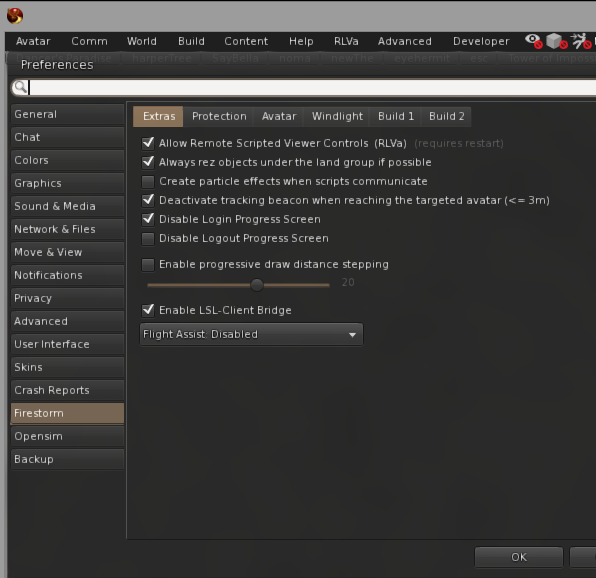
However, using neighborhood-level data to guide patient-level interventions presents a threat known as the ecological fallacy, or the possibility of making incorrect assumptions about individuals on the basis of the profile of a group. In this case, neighborhood-level data can help to initiate risk-stratification and to target screening resources toward populations most likely to benefit. Similarly, the use of neighborhood-level data to inform patient-level interventions may make sense when universal patient-level screening is infeasible. To limit the effects of this bias, health care organizations can work with relevant local stakeholders to use additional data sources that are more representative of the neighborhood to inform neighborhood-level interventions. This could lead to changes in hospital investments that could have substantial unintended consequences on other populations. 76 For instance, using data on the health impacts of local food pantries only from sick patients referred from a hospital overlooks the potential impacts of pantries on many other beneficiaries.

This can lead to the exception fallacy, which is when conclusions about a group are formed on the basis of nonrepresentative cases. A primary threat to validity when using patient-level data to guide neighborhood-level interventions, however, is when patients are not representative of the neighborhood’s population. There may be compelling reasons to use aggregated patient-level data to inform neighborhood-level activities, especially when neighborhood surveillance data are difficult or impossible to obtain, lack sufficient granularity, or are collected/reported too infrequently to meaningfully guide interventions. Two quadrants of Table 1 are worth special highlight-those that use patient-level data to guide neighborhood interventions and those that rely on neighborhood-level data to guide patient-level interventions. Neighborhood-level Data Inform Neighborhood-level Interventions When appropriate, patients are connected with additional supports during the hospitalization (eg, social work consultation, connection to a community health worker) and/or specialized transition-related service delivery such as postdischarge nurse home visits, medication delivery, or school-based outreach programs (patient-level intervention). This prompts in-depth chart review and a bedside huddle focused on the potential preventability of the hospitalization, identifiable care gaps (eg, need for vaccinations, overdue for primary care follow-up), and transition needs. Each morning, a multidisciplinary team of physicians, nurses, social workers, and community engagement consultants receives an alert from the electronic health record identifying any child hospitalized from these high-risk neighborhoods. Neighborhoods were chosen on the basis of census and other area-level data showing disproportionately high rates of both all-cause morbidity and underlying risks related to poverty, such as housing instability and poor transportation access (neighborhood-level data). 37, 73 Patient-Level Data Inform Neighborhood-Level InterventionsĪs part of Cincinnati Children’s Hospital Medical Center’s commitment to decreasing health inequities, the hospital has selected 2 local neighborhoods in which to focus disparity-reducing activities. Studies on the effectiveness of the program model have demonstrated both social hardship and health effects.
Kokua viewer voice settings free#
37, 73 For example, staff may support patients to connect with free legal services, to obtain food from a local food pantry, or to obtain discounted public transportation passes.

Staff offer support and facilitate connections to relevant community resources (patient-level intervention), and track referral status and patient-reported progress toward relevant goals.

Staff review screening responses with patients or caregivers, collaboratively select which needs to address, and develop an action plan.

Although approaches vary from centralized call centers 72 to clinic-based programs, 37, 47 most begin with health care system staff gathering information on social and economic hardships through patient-level screening, which can help uncover challenging patient or household circumstances related to topics such as threatened eviction, food insecurity, or limited transportation access. 71 Some health care systems have elected to work with partners like Health Leads to facilitate patient-level screening and interventions. Health Leads is a national nonprofit organization in Boston, MA, that advises health care systems across the country on approaches to SDH screening and navigation, with the goal of connecting patients and caregivers with community resources.


 0 kommentar(er)
0 kommentar(er)
